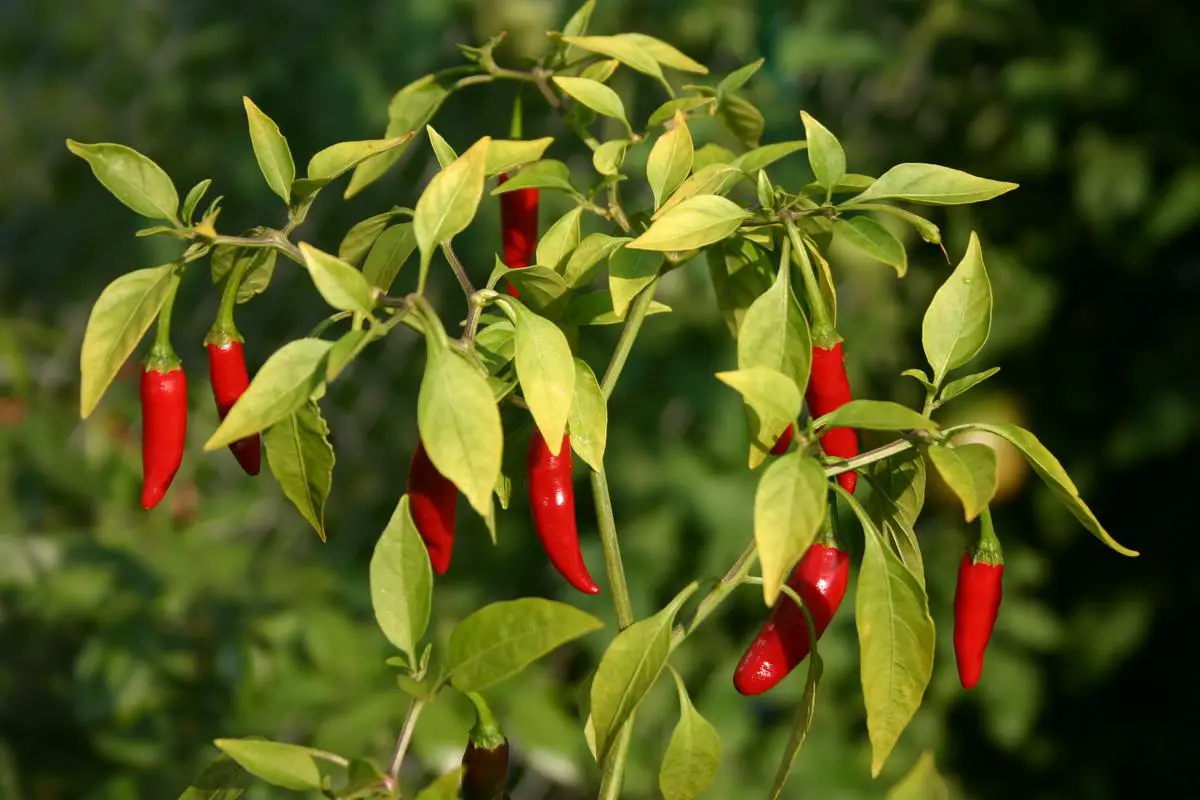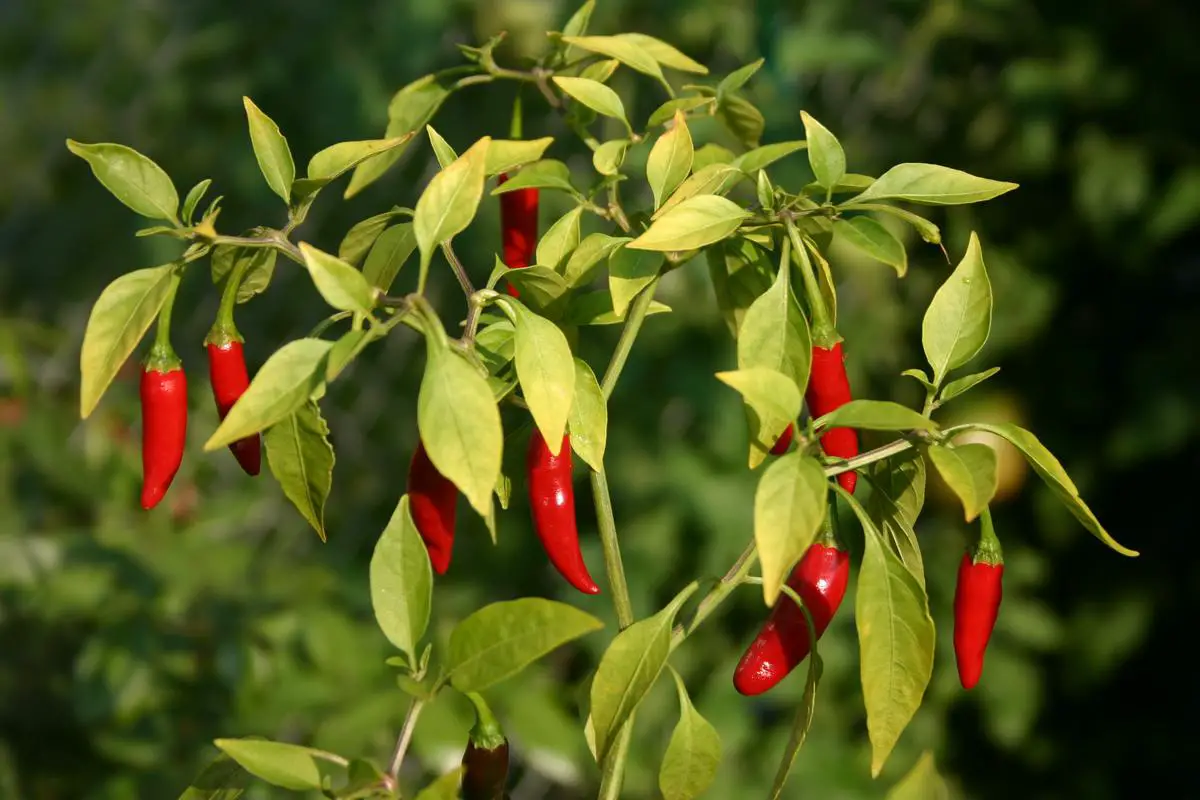
Culinary Uses of Red Thai Chili
Red Thai chili peppers, known for their vibrant heat and bold flavor, play a pivotal role in both traditional Thai cuisine and increasingly in fusion and international dishes. Their fiery nature is not just about adding spice but also emboldening flavors across various recipes, making these chilies an essential ingredient in kitchens around the globe.
In Thailand, these chilies are often ground fresh to add depth to curry pastes. The spiciness they impart is balanced by other ingredients like galangal, lemongrass, and coconut milk, creating a lively interplay of flavors that's characteristic of Thai food. This technique exemplifies Thai culinary philosophy, which values a harmonic balance between spicy, sour, salty, and sweet.
Beyond Thai borders, Red Thai chilies have found their way into countless kitchens due to their versatility. They're incorporated into everyday dishes, like spiking a tomato salsa with finely chopped Red Thai chilies, infusing a bold kick that invigorates the palate. When it comes to heat levels, a little goes a long way, ensuring the dish's core flavors remain intact.
As global culinary trends lean more towards fusion cooking, Red Thai chilies have taken up new roles. They enhance not just flavor profiles but also visual appeal. The bright hue of these chilies adds an appealing contrast that can make a dish pop on the plate, reflecting a blend of traditional presentation adapted to modern expectations.
The incorporation of Red Thai chili isn't confined to any traditional dish. It ventures into innovative territory, from invigorating classic sauces and meats with a spicy overlay to starring in avant-garde dessert applications that marry heat with sweet. Culinary experiments like these highlight the versatility of these chilies and their capacity to be the centerpiece of gustatory innovation.
Adding Red Thai chili to a dish invites a spectrum of flavor responses, igniting diverse sensory reactions such that each bite is both recognized and exploratory. This multifaceted nature ensures that each culinary application is as distinctive as the next, turning ordinary meals into remarkable culinary experiences that linger on the taste buds and in memory.

Health Benefits and Nutritional Value
Capsaicin, the active compound found in Red Thai chili peppers, is not only the source of their fiery punch but also the catalyst for a host of health benefits. Research indicates that capsaicin has significant antioxidant properties, contributing to the neutralization of free radicals in the body. This may help to mitigate oxidative stress, a factor behind aging and many chronic diseases.
Red Thai chilies are surprisingly rich in vitamins A and C. Vitamin C, a powerhouse antioxidant, is crucial for the maintenance of healthy skin, blood vessels, bones, and cartilage. It also supports the body's immune system. Vitamin A is equally beneficial, promoting eye health and supporting immune function and skin integrity. Together, these vitamins bolster the body's defensive systems and contribute to the prevention of inflammation.
Red Thai chilies can ignite metabolic functions, which can lead to increased energy expenditure, aiding in weight management. Capsaicin is known to induce thermogenesis—the process by which the body burns calories in the form of heat. This effect boosts metabolism temporarily and might assist in curbing appetite, potentially helpful for those managing their weight.1
However, while capsaicin can yield substantial health benefits, it's important to approach consumption with caution. The very agent that gives Red Thai chili peppers their kick can cause discomfort if ingested in large amounts. In some individuals, especially those not accustomed to spicy foods, consuming high levels of capsaicin can lead to gastrointestinal distress such as heartburn, nausea, and indigestion. Excessive consumption can exacerbate symptoms in individuals with sensitive digestive systems or conditions like Irritable Bowel Syndrome (IBS).
Careful culinary inclusion of Red Thai chilies can elevate not only the flavor profile of a dish but its nutritional value as well. For those aiming to incorporate their benefits without the painful punch, integrating moderate amounts of this chili into diets can unlock their potential while minimizing risks—blending heat with health in each carefully crafted meal.

Cultivation and Varieties
Grown under the warm sun in a variety of soil types, Red Thai chili peppers thrive in environments that mimic their native tropical climates. Their cultivation demands consistent moisture and well-drained soil, factors that are carefully monitored by those who farm these chilies on a commercial scale. Abundant in Thailand and other Southeast Asian countries, these peppers adapt surprisingly well elsewhere, given the right conditions of warmth and care.
In a seasonal cycle, Red Thai chili peppers are typically planted early spring, post the last frost, to benefit from the full length of a warm growing season. The plants burgeon swiftly, flowering in clusters and eventually giving way to the small, piquant fruits that transition from a lush green to a vivid red as they mature. Harvesting takes place when the chillies attain their brightest hue—a signal they've reached their peak capsaicin content, which translates to their most potent spice levels.
Among the many varieties, the most commonly recognized include "Bird's Eye," distinguished by their tiny, tapered form and an intense heat that punches well above their weight. Bird's Eye chili is often used fresh or dried in sauces and pastes to infuse intense heat into dishes from very minimal concentrations. Other varieties may exhibit less pungency and can be sliced or diced directly into dishes, offering a heat that is significant yet tolerable for more delicate palates.
- Bird's Eye Chili: Known for its intense heat and small size.
- Spur Chili: Slightly larger than Bird's Eye, with a comparable heat level.
- Karen Chili: A milder variety, often used in stir-fries and salads.
The challenges of growing Red Thai chilies are primarily tied to their environmental demands. They require a consistent climate of heat and humidity, which can be a challenge in regions that experience wide variations in weather. Consequently, in cooler climates, they are often grown in greenhouses or indoors, where temperature and humidity can be more carefully controlled. While this does incur additional costs or efforts, the benefits of engaging in such cultivation practices are bountiful.
Commercially, the yield from Red Thai chili peppers can be impressive, due to the plants' ability to produce a high volume of fruit per plant. This makes them particularly valuable for farmers who can meet their specific growing conditions. For the home gardener, these chillies offer a rewarding venture too; they are relatively easy to grow on patios or windowsills with sufficient sunlight and yield a satisfying crop that can spice numerous home-cooked meals.
Beyond the culinary edge they provide, growing Red Thai chili peppers can be quite beneficial for sustainable gardening practices. These plants encourage biodiversity by attracting pollinators while also acting as a natural pest deterrent thanks to their inherent spiciness, thus reducing the need for chemical pesticides.
By fostering the growth of these vibrant chilies, from sowing the seeds to the careful crafting of their heat in dishes around the globe, we continue to weave the rich tapestry of flavors that Red Thai chilies bring to both traditional and modern culinary landscapes. Their versatility and vibrant characteristics enhance a vast spectrum of dishes and enrich our understanding of global food culture.

- Whiting S, Derbyshire E, Tiwari BK. Capsaicinoids and capsinoids. A potential role for weight management? A systematic review of the evidence. Appetite. 2012;59(2):341-348.



